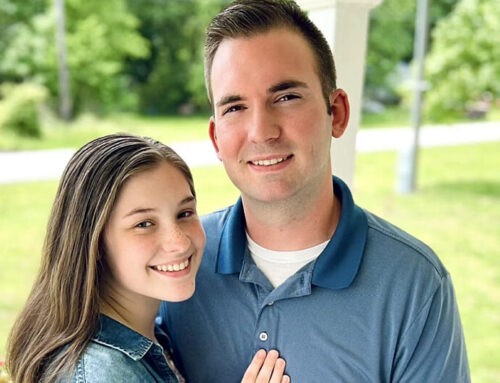Nanette Kelley/Indian Country Today
June 16, 2021
-SF Gate
Small museums and private institutions that accept federal CARES Act money or other stimulus funds could be forced to relinquish thousands of Indigenous items and ancestral remains now in their collections.
Under the Native American Grave Protection and Repatriation Act of 1990 (NAGPRA), museums or other institutions that accept federal funding must compile an inventory of Indigenous cultural items and initiate repatriation of the collections and remains to tribes or family members.
At least two museums are now facing possible scrutiny — the nonprofit Favell Museum of Native American Artifacts and Contemporary Western Art in Klamath Falls, Oregon, and the End of the Trail Museum, which is connected to the Trees of Mystery gift shop in the redwood forest in Klamath, California.
Hundreds of other small museums and institutions could also face scrutiny of their Indigenous collections if they have accepted federal funds.
“This will likely have an impact on private collections that previously did not have NAGPRA obligations,” Melanie O’Brien, manager for the national NAGPRA program, wrote in an email to Indian Country Today.
Museum representatives did not respond to requests for comment from Indian Country Today.
California Assemblymember James C. Ramos, a citizen of the San Manuel Band of Mission Indians and the first Native American elected to the state’s Legislature, said institutions should step up and comply with NAGPRA.
“If these museums across the state and nation received federal funding in the form of the CARES Act, maybe now is the opportunity for those items to be given back to Indian peoples,” Ramos said.
The CARES Act — the Coronavirus Aid, Relief and Economic Security Act — was signed into law in March 2020, providing $2.2 trillion in stimulus funds to families, expansion of unemployment benefits and loans to small businesses, corporations and state and local governments.
A subsequent law, the American Rescue Plan Act of 2021, invested $200 million in pandemic funding for libraries and museums, including nearly $24 million in California, $19 million in Texas and $14 million in Florida, according to the Institute of Museum and Library Services.
Favell Museum
Data provided by the NAGPRA office in Washington, D.C., indicate the Favell Museum received two loans from the U.S. Small Business Administration to “aid small businesses in maintaining a work force during the COVID-19 pandemic.”
The museum received a loan for $24,200 on May 6, 2020, and one for $24,273 on Jan. 23, 2021, according to data collected at USAspending.gov.
As of May 11, the museum’s website stated that it “receives no government funds and little money from grants.”
Founded by Klamath Falls businessman Eugene “Gene” Favell and his wife, Winifred, the museum opened in 1972 with the family’s private collection of artifacts, including Indigenous baskets collected by Favell’s mother, Ruth.
Today, the museum is home to more than 100,000 Native artifacts, including a fire opal arrowhead from Nevada’s Black Rock Desert along with other arrowheads, obsidian knives, Native clothing, stone tools, beadwork, baskets and pottery, according to the museum website. It also houses a collection of contemporary Western artists, including an original painting by Charles M. Russell, and century-old photos of Native people from Edward Curtis.
It is not known to have any human remains, as are found in holdings of other museums. But information presented on the Favell website implies cultures represented at the museum from throughout the Americas are now extinct.
According to the museum’s collections page, “The collections on display give the visitor a suggestion of the richness and variety of societies no longer here and they illustrate how creative and adaptive the native people were.” Some of the living tribes and cultures referred to in the past tense are the Chumash, Klamath, Modoc, Apache, Washoe, Pomo and Tlingit people.
Favell purchased the fire opal arrowhead and some other artifacts from California dentist H.H. Stuart, another collector, according to the museum website. Scholar and author Tony Platt said in his book “Grave Matters: Excavating California’s Buried Past” that Stuart collected items from hundreds of burial sites.
In a recent interview with Indian Country Today, Platt said that during his last visit to the Favell Museum, he noticed that labels on Stuart’s items indicated that the bulk of the collection came from Yurok and Wiyot graves.
Three years before he died in 1976, Stuart sold many of the items to Favell for $13,500, Platt reported in his book.
Favell died in 2001 at age 75, but the museum has continued without him.
A Favell representative responded to a request for comment from Indian Country Today by saying via email that the museum manager was on vacation and that the person who had overseen the collections had retired. A subsequent request has not been answered.
Ted Hernandez, chair of the Wiyot Tribal Council, said the tribe has not received a list of Favell holdings.
“All of our art, they have a spirit and a life and they (the Favell) are not taking care of our ancestors as they should be,” he said. “Each basket is a living being. They are too close together in those cases, so they can’t breathe.”




